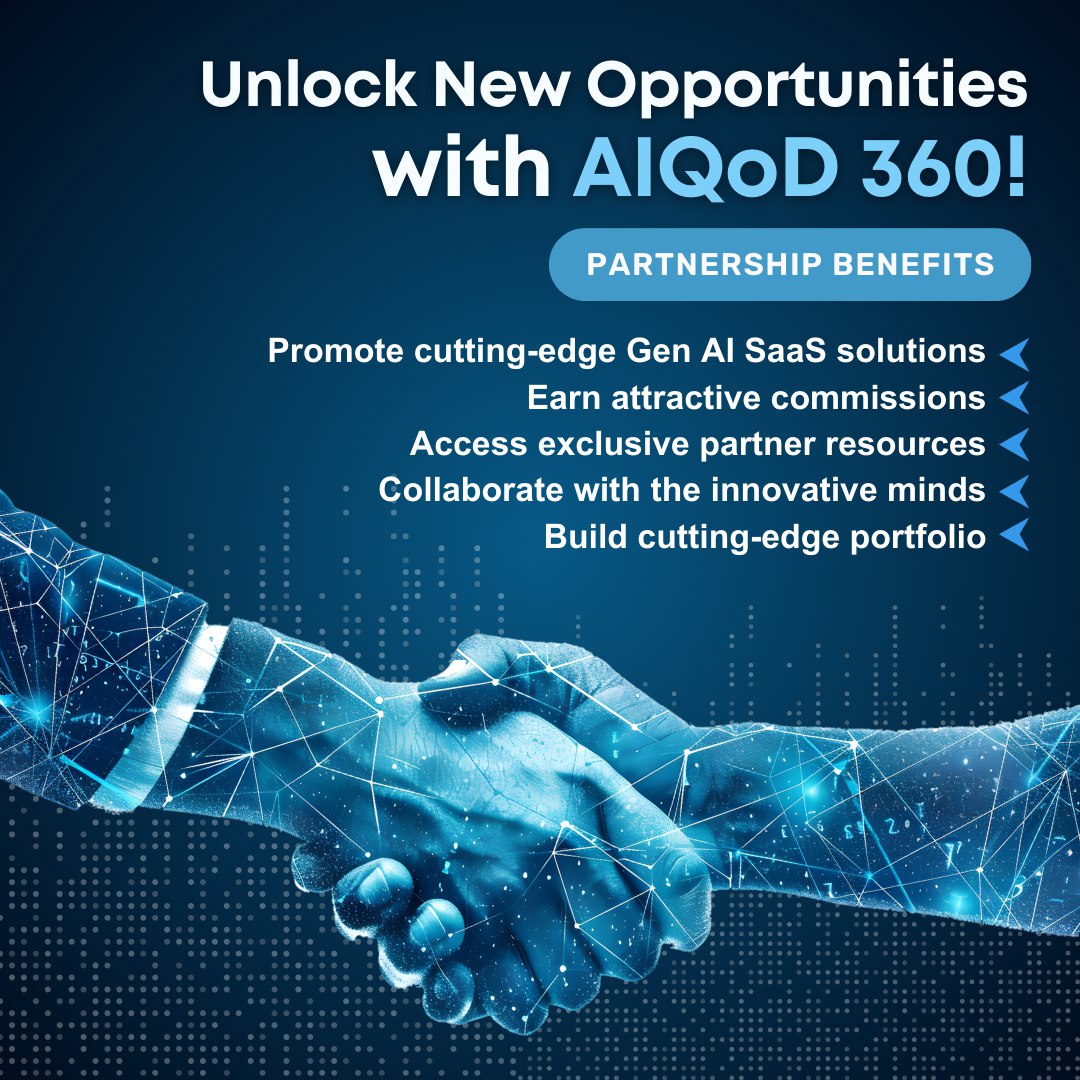Make Your 7R’s In Intelligent Document Processing In Logistics A Reality
Mastering the 7R’s: Transform Logistics with Gen AI-Powered Document Processing
When it comes to reducing costs, automation in logistics is incredibly crucial. The e-commerce industry frequently suffers considerable losses as a result of supply chain management errors, which are rather typical. For example, only about 55 billion of the 550 billion invoices that were traded globally in 2019 were done so without paper. As a result, 90% of invoice data needed to be handled by hand.
Similarly, according to a survey by Stitch Labs, human errors account for 62% of inventory fulfillment issues, and inappropriate product packing and delivery account for 17% of inventory faults that cause lost revenue.
Logistics is the planning, implementation, and control of the efficient, effective flow and storage of goods, services, and related information from the point of origin to the point of consumption to meet consumer needs. For 40% of respondents, making consumers happy and loyal may be achieved through delivering products on time.
It involves delivering the right products to the right consumer, in the right quantities and conditions, in the right location, at the correct time, and the correct cost. Every industry relies on logistics in some form. The following are the seven R’s of logistics using various technologies. Let’s take a closer look.
RIGHT PRODUCT
The products delivered to the client from the supplier are essential components of supply operations. The overall strategy is to select a product that is in high demand which can ensure guaranteed income. Having the appropriate information and employing the right product or service would allow you to make the most of your time and money. Logistic solution software powered by Gen AI and AI Agents can handle automation and alerts on statuses, forecasting, transport, and order management, as well as day-to-day operations.
RIGHT CONDITION
A product’s quality should be maintained at all costs. You must ensure that the product’s quality is maintained and that the package remains intact until it reaches the end customer. Make every effort to avoid damage, as this will impact your reputation and earnings. Anticipatory shipping, demand forecasting, and predictive route optimization are examples of future intelligent services. Automating the warehouse and utilizing AI Agents to generate reports and performance data can significantly increase the efficiency and effectiveness of logistics.
RIGHT CUSTOMER AND PRODUCT PRICING
To find the right clients, businesses must understand their target market. If they target the proper market with their product or service, they will have a better chance of gaining leads and clients who are most likely to employ their services. Pricing analysis powered by Gen AI can provide real-time insights to make quick decisions and optimize pricing strategies, ensuring competitiveness without compromising profitability.
RIGHT QUANTITY
The right quantity plays an important role in logistics. The key for a provider in maintaining its reputation and avoiding financial loss is knowing the precise amount and meeting the demand. A company’s warehouse would become overloaded, and other related costs would increase if they store too many products. Gen AI boosts growth by improving quality and performance through effective supply and demand forecasting, inventory management, route optimization, and efficient labor management.
RIGHT PLACE
The most important thing is to ensure that the products are delivered to the right location. The organization should have an excellent Transportation Management System or Route Optimization Software in addition to a skilled delivery staff. These systems, enhanced with AI Agents, can assist in tracking and managing the flow of materials and products, allowing managers to analyze past decisions and optimize future ones. The Industrial Internet of Things (IIoT) also plays a critical role in enhancing location accuracy and operational efficiency.
RIGHT TIME
Timing is another critical factor in logistics since more and more customers are concerned about delivery times. To sustain competitive advantages in the industry, products should be delivered to end users as soon as possible. Gen AI-powered routing software allows organizations to take the most efficient routes, saving time and resources. Additionally, new technologies, such as drones and droids, are solving the ongoing “last-mile” delivery problem, ensuring faster deliveries and less congestion.
RIGHT COST
To track the company’s revenue and expenses, logistics service providers must ensure that products or services are supplied at the most reasonable cost. Operations must be optimized to maintain production and offer clients high-quality products at competitive prices. By reducing the total route distance and the average miles between stops, Gen AI-powered route optimization software can help lower overall transportation and operational costs.

How Technology Elevates Logistics
- Digitization The process of converting existing data and documents from pure analog to digital is known as digitization. Data must be extracted from these documents, converting unstructured data into structured formats like CSV, XML, and XLS. The use of digital data to automate procedures and improve accessibility increases efficiency.
- Digital Signature A labor-intensive and time-consuming digital signature process is replaced by e-signatures, drastically cutting down the time it takes to finish papers. This enables logistics companies to serve their customers more effectively and quickly.
- Gen AI-Powered Automation can improve supply chain management, logistics, and workflows by automating time-consuming, laborious tasks like data entry. AI-powered solutions can understand screen content, perform keystrokes, navigate systems, and extract and analyze data, enabling faster and more accurate processing.
- Internet of Things (IoT) IoT enables physical objects to connect with internet-enabled systems and devices. IoT technology in logistics can detect package interference, monitor temperature and humidity for quality control, and ensure real-time tracking.
- RFID & EDIFACT Throughout logistics, RFID technology can count, adjust, and trace individual goods and cartons. This provides accurate and up-to-date information, reducing inventory levels, distribution costs, and handling expenses.
- e-CMR Real-time tracking of delivery progress and updates on product movement at every milestone are enabled by e-CMR, helping address challenges like unsafe goods, weight discrepancies, and commodity pricing.
- Electronic Data Interchange (EDI) The computer-to-computer exchange of business documents in a common electronic format eliminates paper-based processes. EDI reduces costs, speeds up processing, minimizes errors, and improves relationships with business partners.
- GPS GPS technology facilitates fleet management by identifying and tracking vehicles, planning routes, scheduling bookings, and providing real-time updates.
Conclusion
The logistics industry must implement advanced technologies like Gen AI and AI Agents to achieve the 7Rs and make tasks easier and more efficient. These technologies enable end-to-end operations, minimize delays, and ensure the supply chain runs smoothly. By adopting these innovations, logistics providers can elevate their performance, improve customer satisfaction, and drive long-term success.















